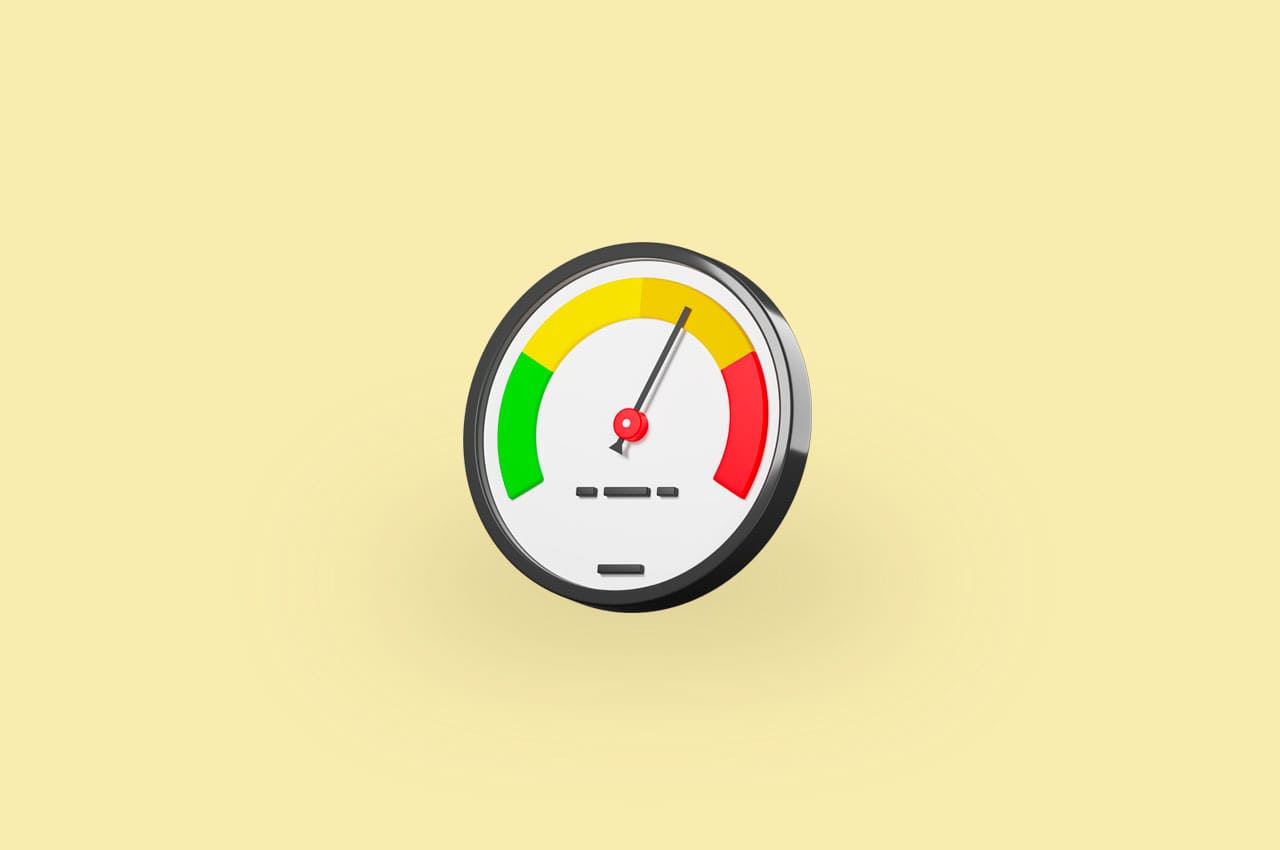How to Integrate Redux With ReactJS in 2023

In modern web development, managing the state of an application can become complex, especially as applications grow in size and complexity. To address this challenge, Redux, a powerful state management library, emerged as a popular solution in the React ecosystem. Redux is widely used for handling state in web applications, providing a predictable, centralized, and maintainable way to manage data and application states.
In this blog, we will delve into Redux, exploring its key concepts, benefits, and how it works.
By the end, you’ll have a solid understanding of Redux and its relevance in web development.
The Need for State Management
In web applications, state refers to the data that can change over time, such as user input, API responses, or application configuration. As an application becomes more complex, state management becomes crucial to maintaining a predictable and consistent user experience.
Common challenges without proper state management:
- Passing data through multiple layers of components (prop drilling).
- Handling complex asynchronous operations and data flow.
- Handling application-wide state and ensuring consistency.
To read more about what is React, refer to our blog What is React? A Beginner’s Guide to JavaScript Library
What is Redux?
Redux is a JavaScript library that provides a robust, predictable, centralized method of controlling an application’s state. Originally inspired by Flux architecture, Redux was developed by Dan Abramov and Andrew Clark. While it is commonly used with React, Redux can be integrated with other frameworks as well.
Key principles of Redux:
a. Single Source of Store: The entire state of the application is stored in a single, immutable object tree called the “store.” This makes it easier to track and manage the state.
b. State is Read-Only: Redux’s state is immutable, which means it can’t be changed in any way. Instead, to update the state, you dispatch actions – plain JavaScript objects describing what happened in the application.
c. Changes are Made with Pure Functions: Redux uses pure functions called “reducers” to specify how the application’s state changes in response to actions. Reducers take the current state and an action, and they return a new state without modifying the original one.
The Redux Data Flow
To understand Redux better, let’s explore its data flow:
a. Action: An action is a plain JavaScript object that describes what happened in the application. It must have a ‘type’ property that indicates the type of action being performed.
b. Reducer: Reducers are pure functions responsible for calculating the new state based on the current state and the action received. They take the previous state and an action as parameters and return a new state.
c. Store: The store is the single source of truth and holds the entire state of the application. It is created using the Redux createStore() function and is initialized with the root reducer.
d. Dispatch: To update the state, actions need to be dispatched to the store using the dispatch() method. The store will then call the reducer to calculate the new state.
e. Subscribe: Components can subscribe to the store to be notified of any changes in the state. When the state is updated, the subscribed components will be re-rendered with the new data.
Advantages of Using Redux
Redux offers several benefits that make it an excellent choice for state management:
a. Predictability: Since Redux follows a strict unidirectional data flow and enforces immutability, it becomes easy to predict how the application state changes over time.
b. Debugging: Redux has excellent developer tools that help in monitoring state changes, inspecting actions, and tracking performance.
c. Testability: By using pure reducers, the logic becomes easily testable, enhancing the reliability of the application.
d. Scalability: Redux scales well as the application grows, as the state management is kept separate from the UI components.
Integrating Redux with React
Step 1 : Installing React
To get started, we need to install Redux and React-Redux (for integrating Redux with React) using npm or yarn.
npm install redux react-reduxStep 2 : Setting up the Redux Store
The store is the central place where the application state is held. We create the store by providing a root reducer, which combines all the individual reducers into one.
// src/store/index.js
import { createStore } from 'redux';
import rootReducer from './reducers';
const store = createStore(rootReducer);
export default store;
Step 3 : Creating Reducers
Reducers are pure functions that handle state updates based on actions. Let’s create a simple counter reducer.
// src/store/reducers/counterReducer.js
const initialState = {
count: 0,
};
const counterReducer = (state = initialState, action) => {
switch (action.type) {
case 'INCREMENT':
return { ...state, count: state.count + 1 };
case 'DECREMENT':
return { ...state, count: state.count - 1 };
default:
return state;
}
};
export default counterReducer;
Step 4 : Combining Reducers
In real-world applications, you might have multiple reducers handling different parts of the state. We use the combineReducers function from Redux to combine them into one root reducer.
// src/store/reducers/index.js
import { combineReducers } from 'redux';
import counterReducer from './counterReducer';
const rootReducer = combineReducers({
counter: counterReducer,
});
export default rootReducer;
Step 5 : Creating Actions
// src/store/actions/counterActions.js
export const increment = () => ({
type: 'INCREMENT',
});
export const decrement = () => ({
type: 'DECREMENT',
});
Step 6 : Connecting Redux with React
To connect Redux with React, we use the Provider component from react-redux to wrap the root component. We can then access the store using the useSelector hook to get the state and the useDispatch hook to dispatch actions.
// src/App.js
import React from 'react';
import { useSelector, useDispatch } from 'react-redux';
import { increment, decrement } from './store/actions/counterActions';
const App = () => {
const count = useSelector((state) => state.counter.count);
const dispatch = useDispatch();
return (
<div>
<h1>Counter: {count}</h1>
<button onClick={() => dispatch(increment())}>Increment</button>
<button onClick={() => dispatch(decrement())}>Decrement</button>
</div>
);
};
export default App;
Step 7 : Index File
Finally, we need to set up the Redux store and provide it to the React app.
// src/index.js
import React from 'react';
import ReactDOM from 'react-dom';
import { Provider } from 'react-redux';
import store from './store';
import App from './App';
ReactDOM.render(
<Provider store={store}>
<App />
</Provider>,
document.getElementById('root')
);
To read more about integrating Django with React, refer to our blog How to Integrate Django With React in 2023
Redux has become a dominant state management solution in the web development world, providing a predictable and maintainable way to manage application state. Understanding Redux’s core concepts, data flow, and integration with React can significantly enhance your web development skills and enable you to build more robust and scalable applications. As you gain more experience using Redux, you’ll appreciate its benefits and potential in simplifying complex state management challenges.




